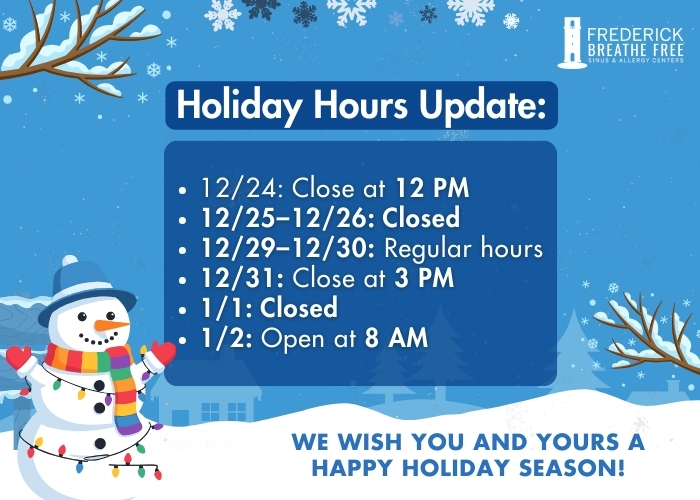Frequently Asked Questions: Balloon Sinuplasty
Get the best answers about Balloon Sinuplasty.
Questions asked by patients like you and answered by experienced providers
Each of the questions below reveal what our sinus experts have to say about this revolutionary procedure.
What is Balloon Sinuplasty (Balloon Sinus Dilation)?
Balloon Sinuplasty may be the right treatment option for you, especially if medications and first line treatments have failed to help resolve your chronic and recurrent sinusitis symptoms and inflammation in the past.
This procedure gently expands your sinus openings and drainage pathways to restore airflow, assists with drainage, and helps to heal. After locating the treatment area and local anesthesia is applied, the physician will place and inflate a small balloon to dilate the treatment area. The balloon is then deflated and removed.
Is Balloon Sinus Dilation (Balloon Sinuplasty) successful?
Balloon Sinuplasty has been shown in clinical studies to provide significant symptom relief for many patients. Some studies have reported improvement rates as high as 96%.¹ Learn more about Balloon Sinuplasty and the results of this procedure by visiting the FAQ page on balloonsinuplasty.com.
Does Medicare pay for Balloon Sinus Dilation (Balloon Sinuplasty)?
Many insurance companies and Medicare cover Balloon Sinuplasty when deemed medically necessary. Please consult your insurance provider to confirm your specific coverage details. To be certain of your level of insurance coverage, contact your insurance provider to find out your specific policy.
What is the average recovery time?
While recovery time varies with each patient, most patients who undergo the in-office procedure can return to normal activities within a couple of days or sooner.

What are the risks?
Balloon Sinuplasty is less invasive than traditional sinus surgery and has a low complication rate. As with any medical procedure, Balloon Sinuplasty involves some potential risks, including pain, swelling, mild bleeding, or allergic reactions to medications or anesthesia. Your provider will discuss all potential risks and benefits with you during your consultation.
How long does the procedure take?
To allow time for pretreatment preparation and post treatment examination, you should expect to spend around one and a half to two hours in our office. Procedure length is dependent on your specific condition and anatomy.
Are you awake during the procedure?
Balloon Sinuplasty is usually an outpatient procedure. Balloon Sinuplasty is usually performed in-office under local anesthesia. Your doctor will determine the most appropriate anesthesia option for you.
Footnotes
¹ Levine HL, Sertich AP, Hoisington DR, Weiss RL, Pritikin J. “Multicenter Registry of Balloon Catheter Sinusotomy Outcomes for 1,036 Patients.” Ann Otol Rhinol Laryngol Suppl. 2008;197:1–15. Symptom improvement rates vary by individual and are based on patient-reported outcomes.*
Your sinus symptoms can impact your health in more ways than one.
You don’t have to accept that your sinus symptoms are just another fact of life. At Frederick Breathe Free, we can help solve your chronic sinus issues. Take our quiz now to see how your sinus symptoms are impacting your life.




